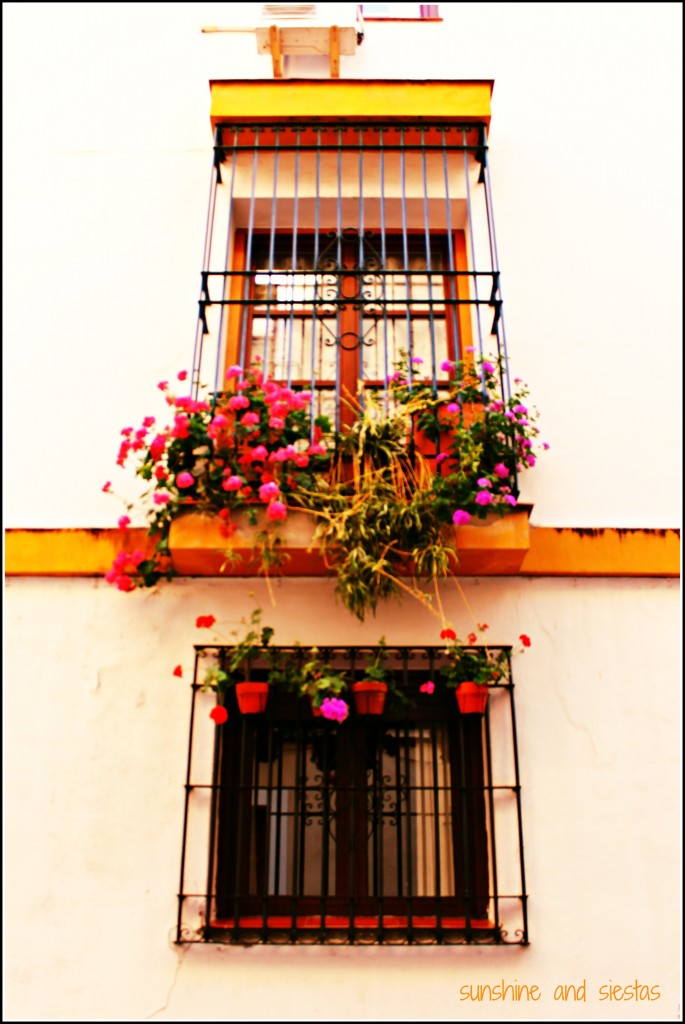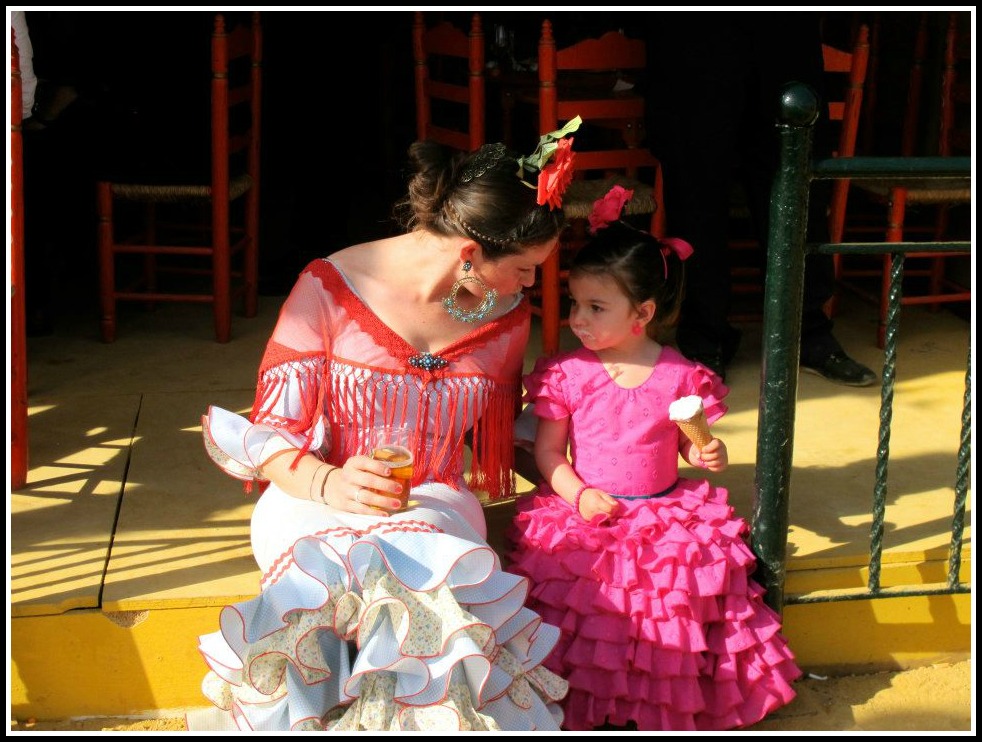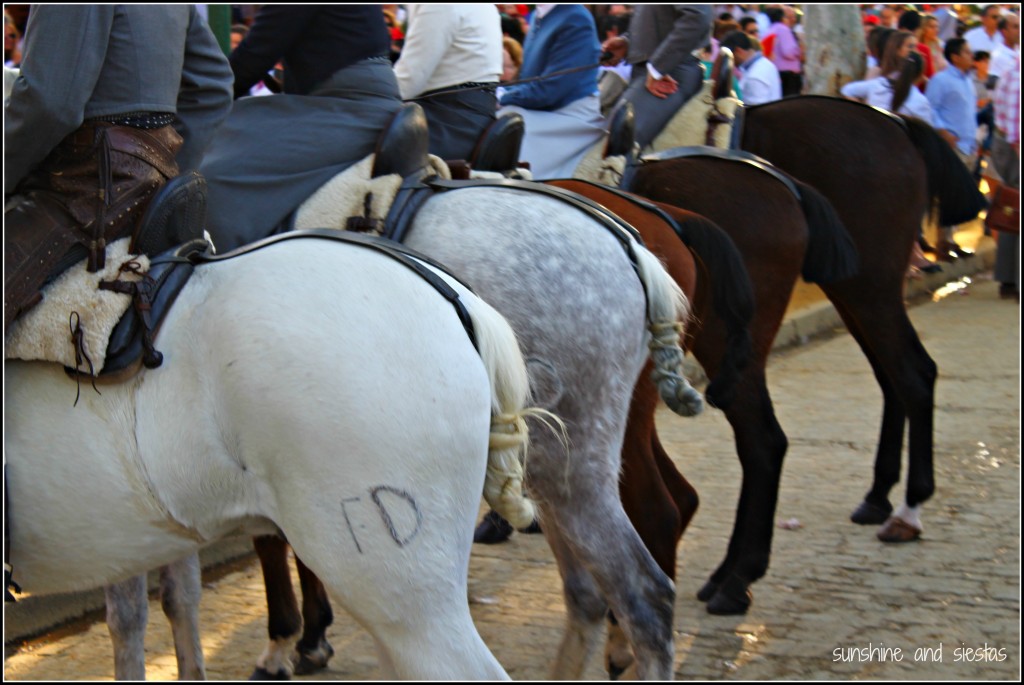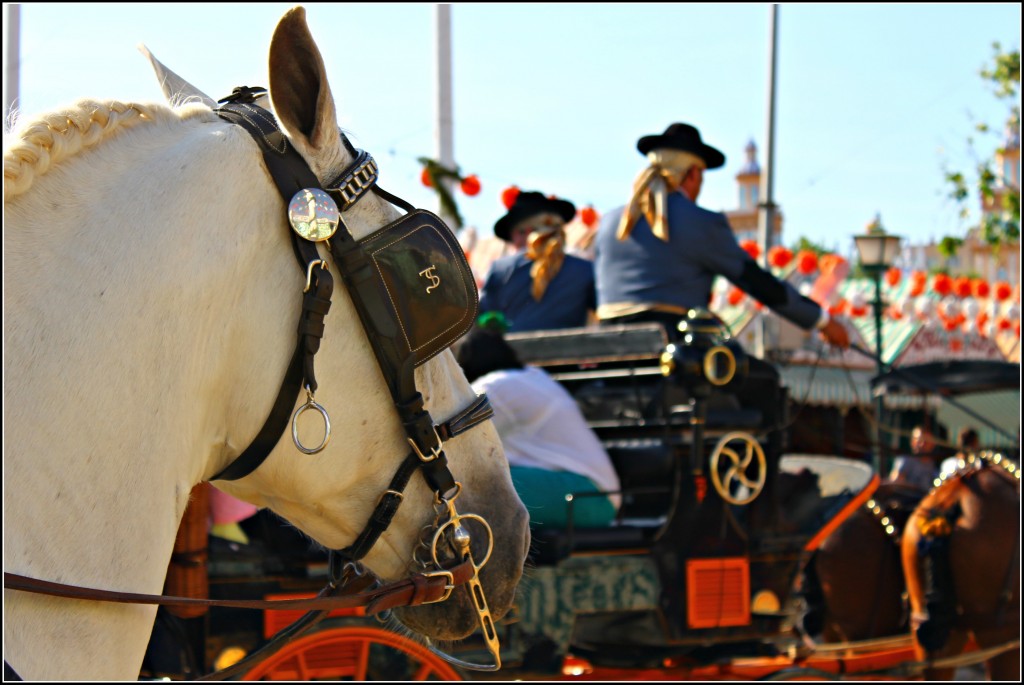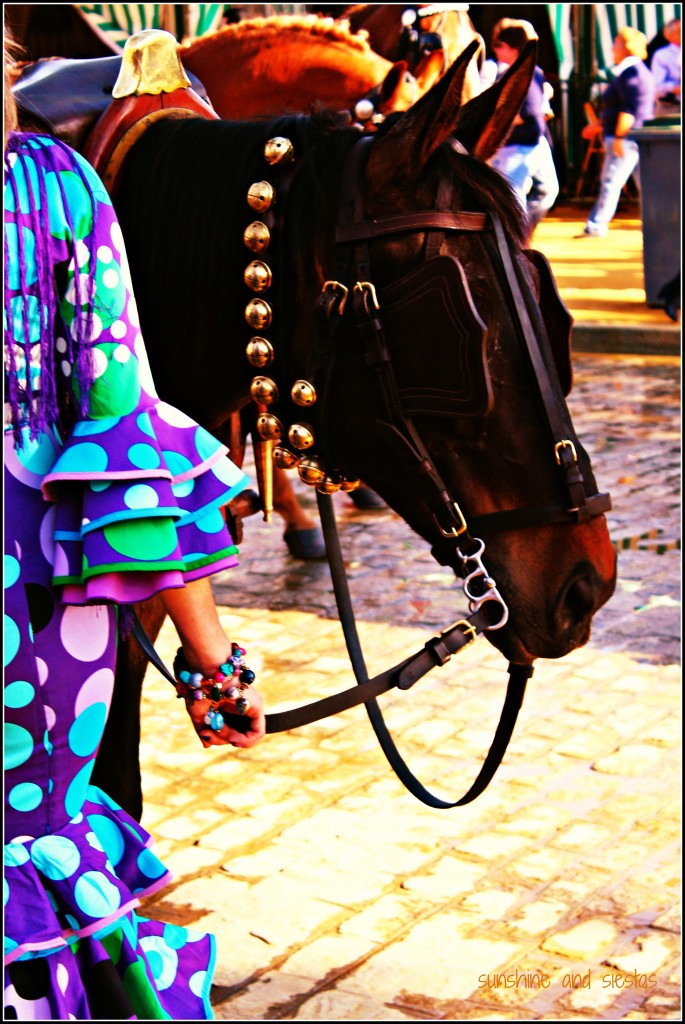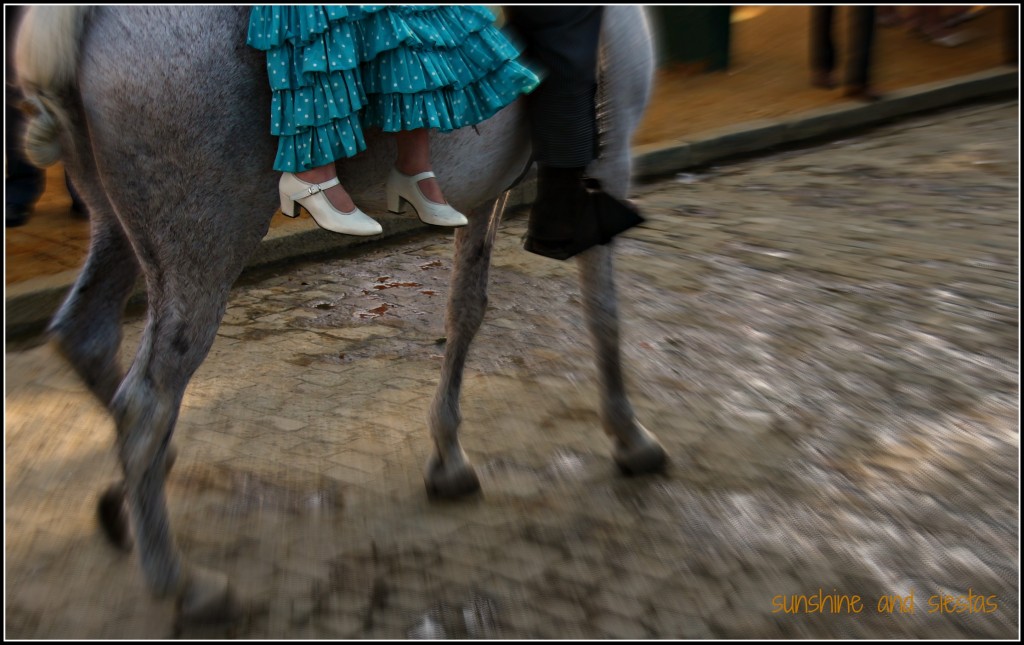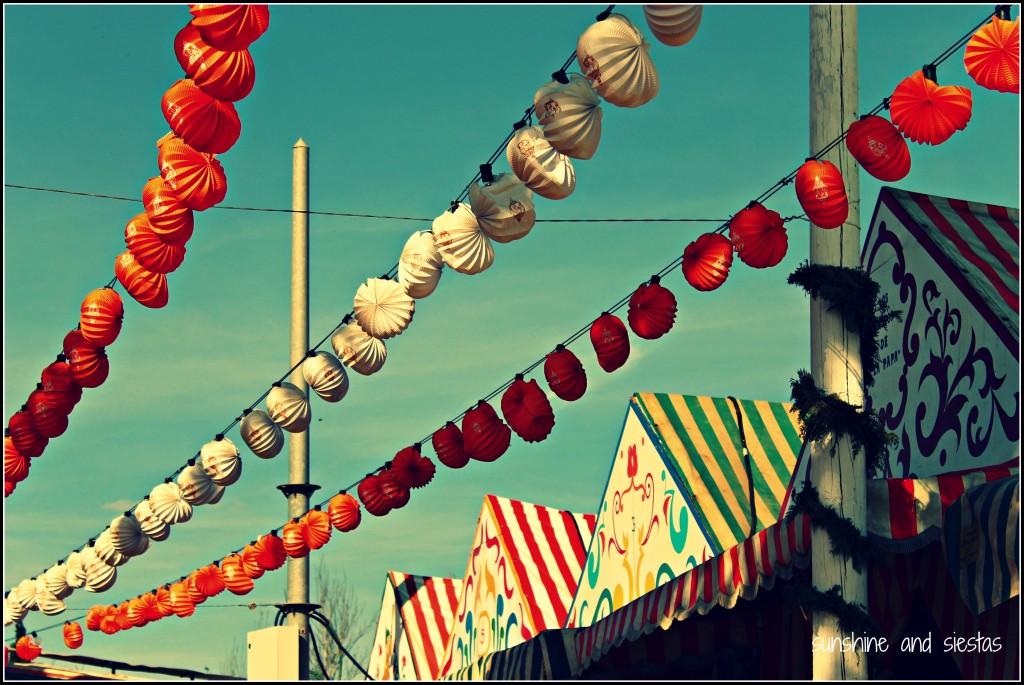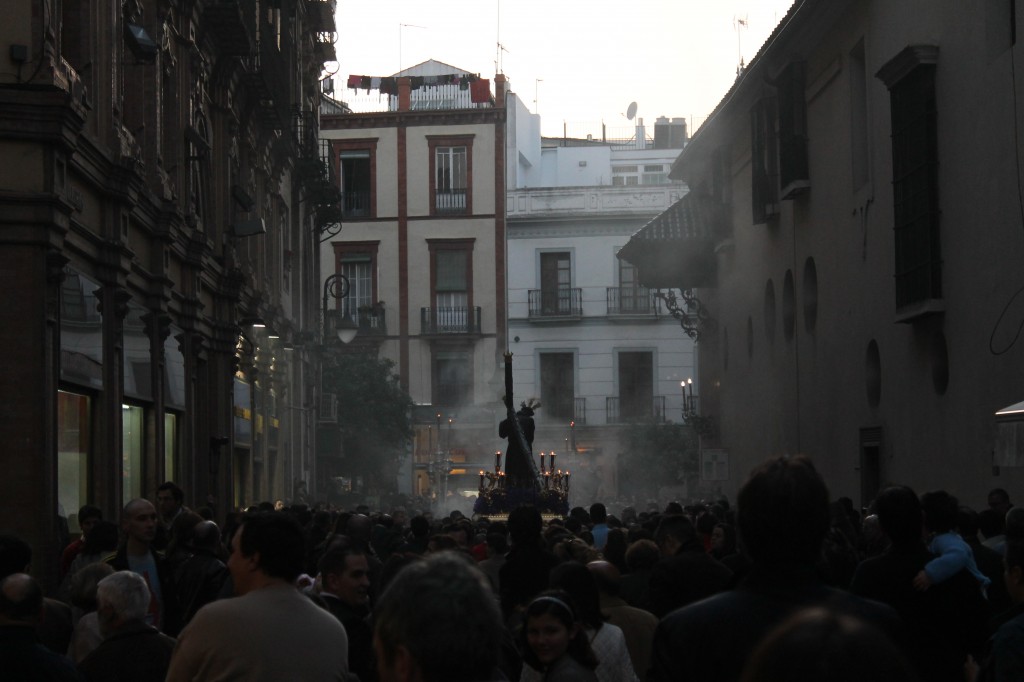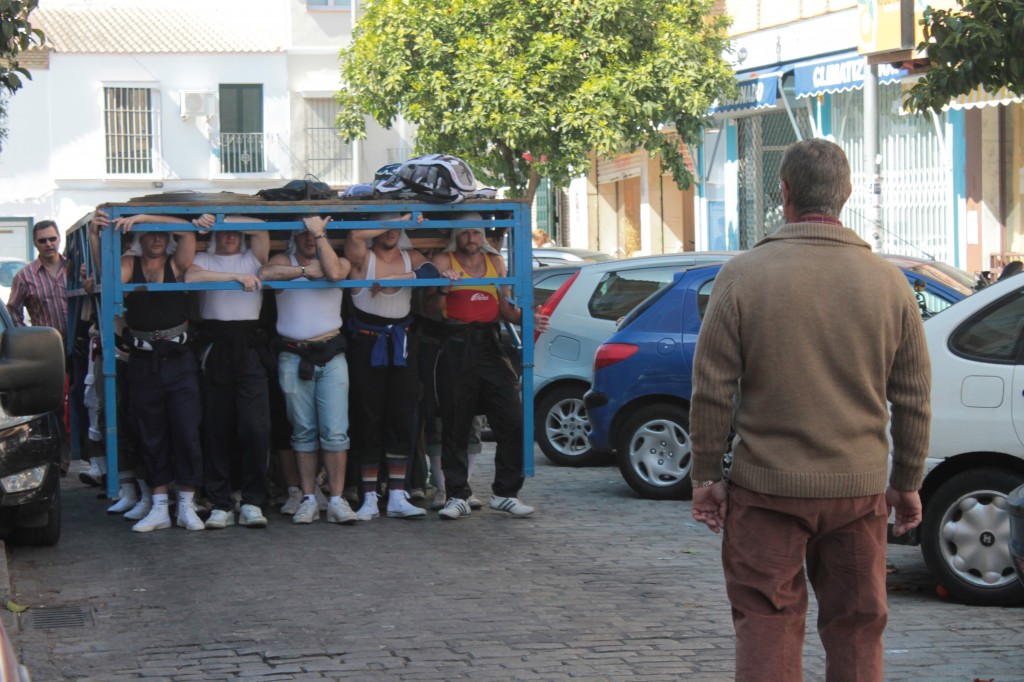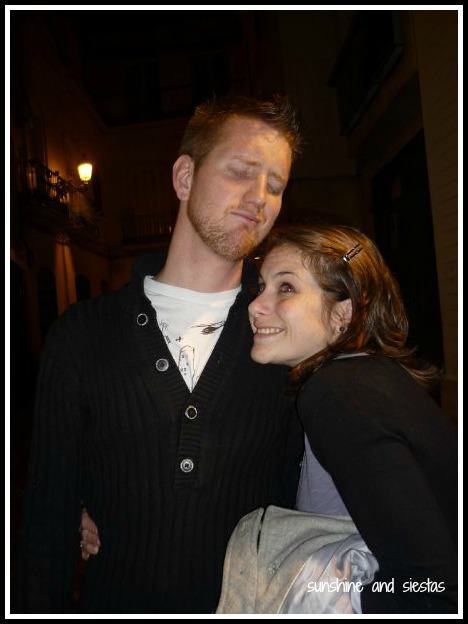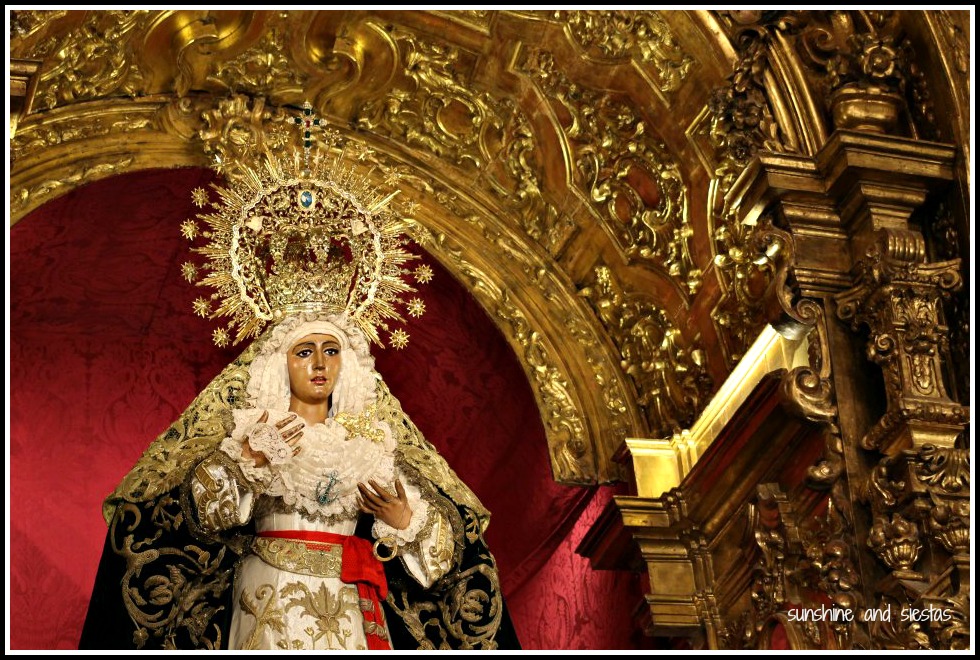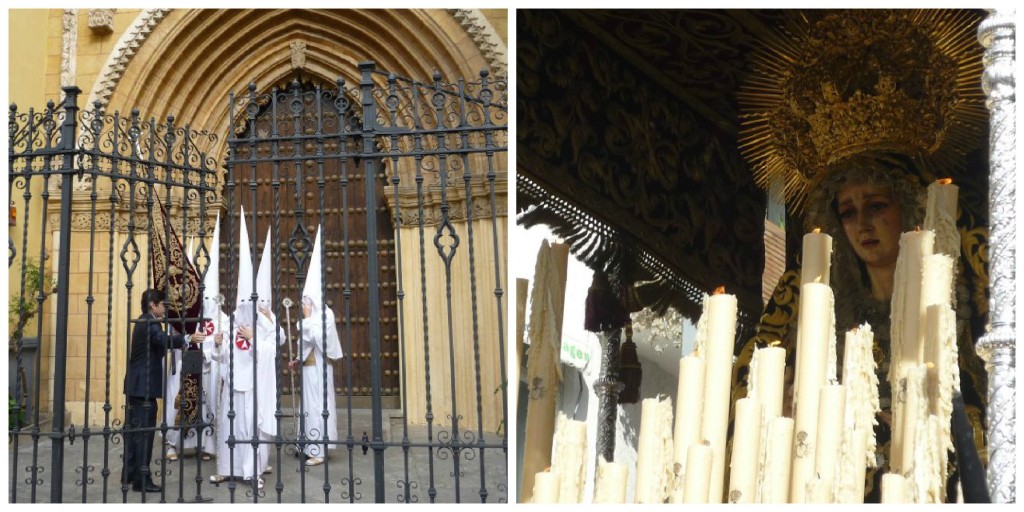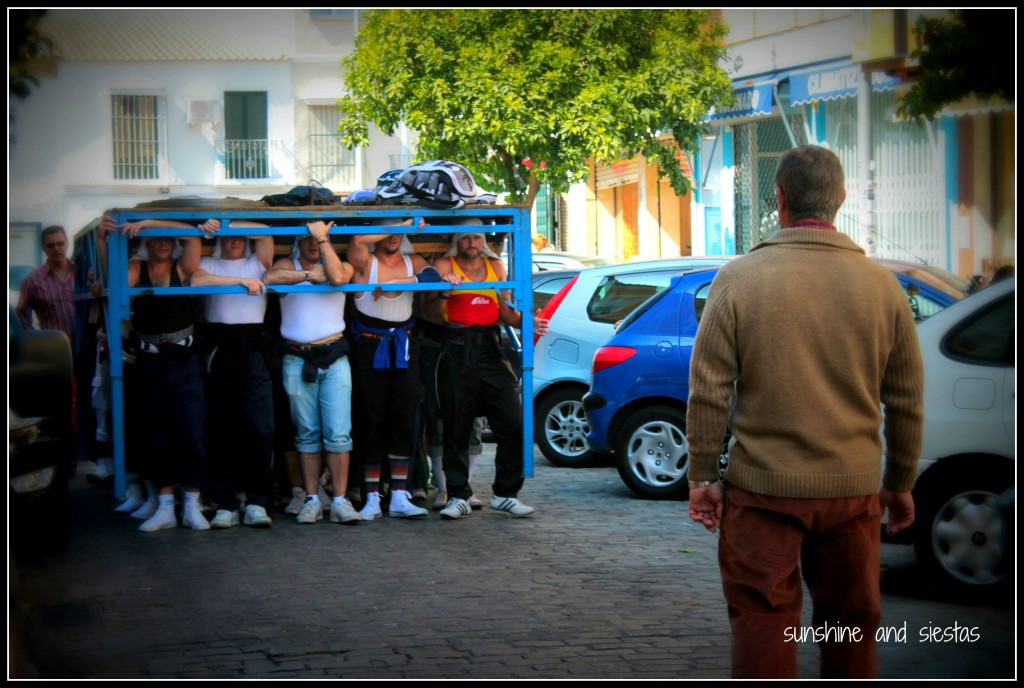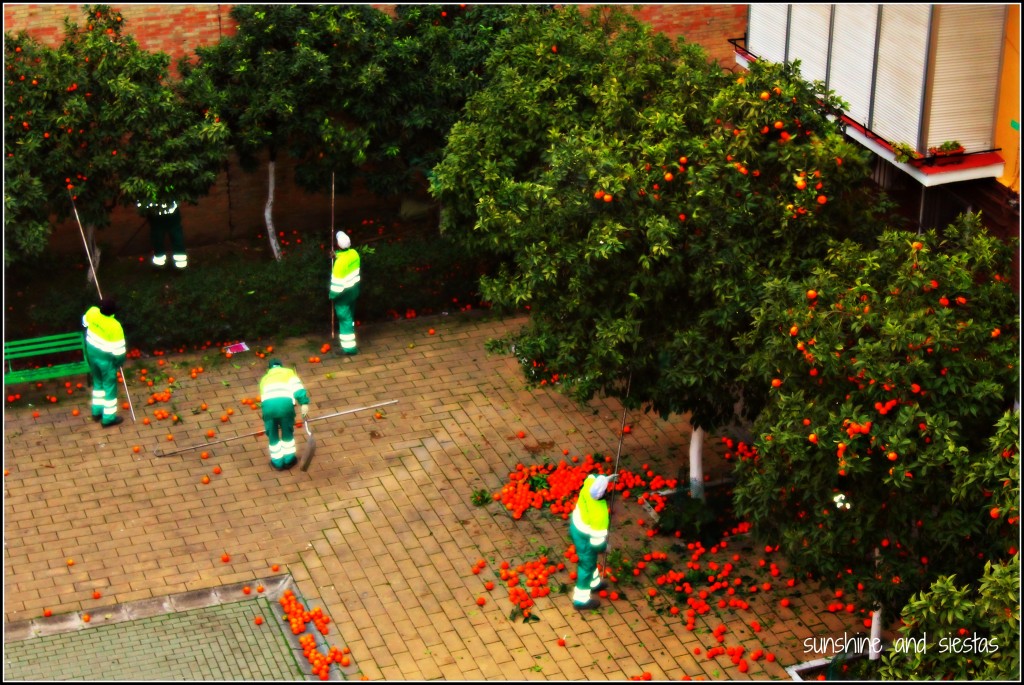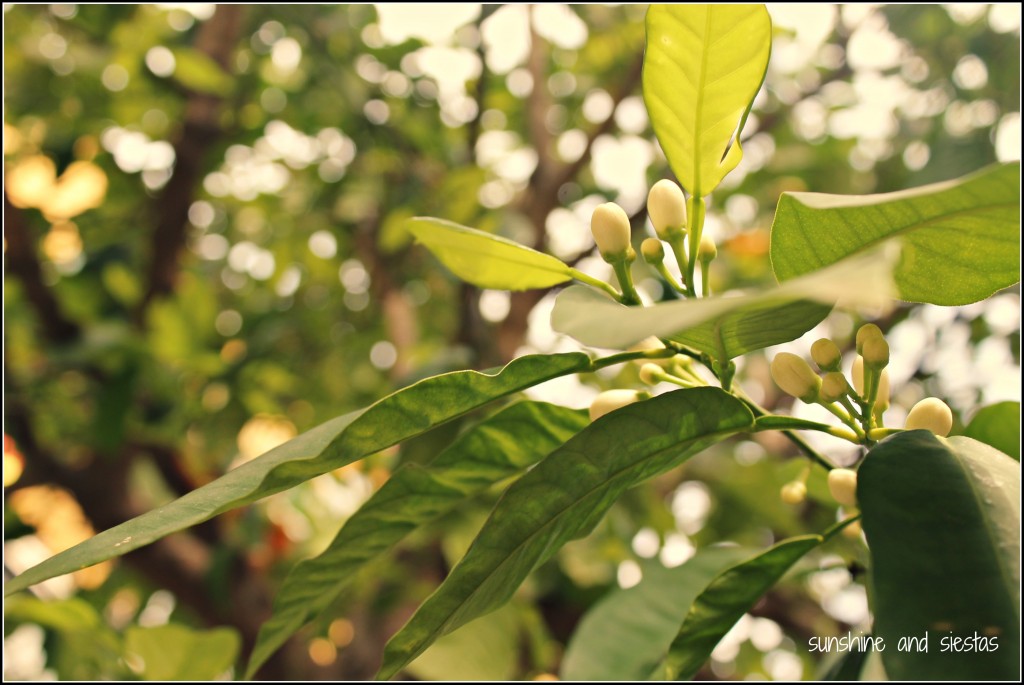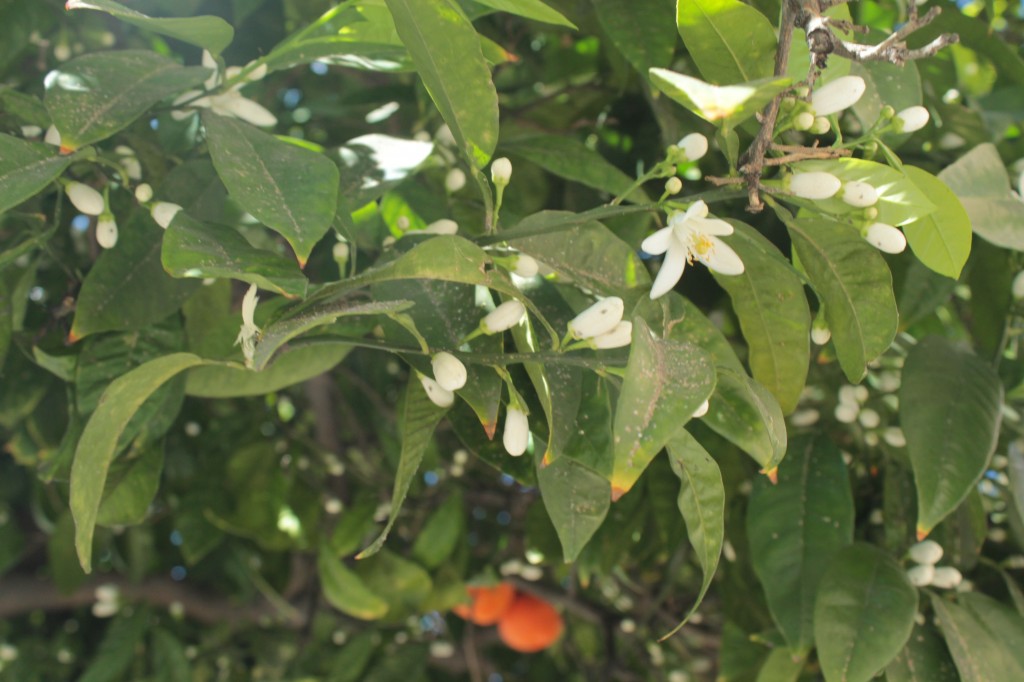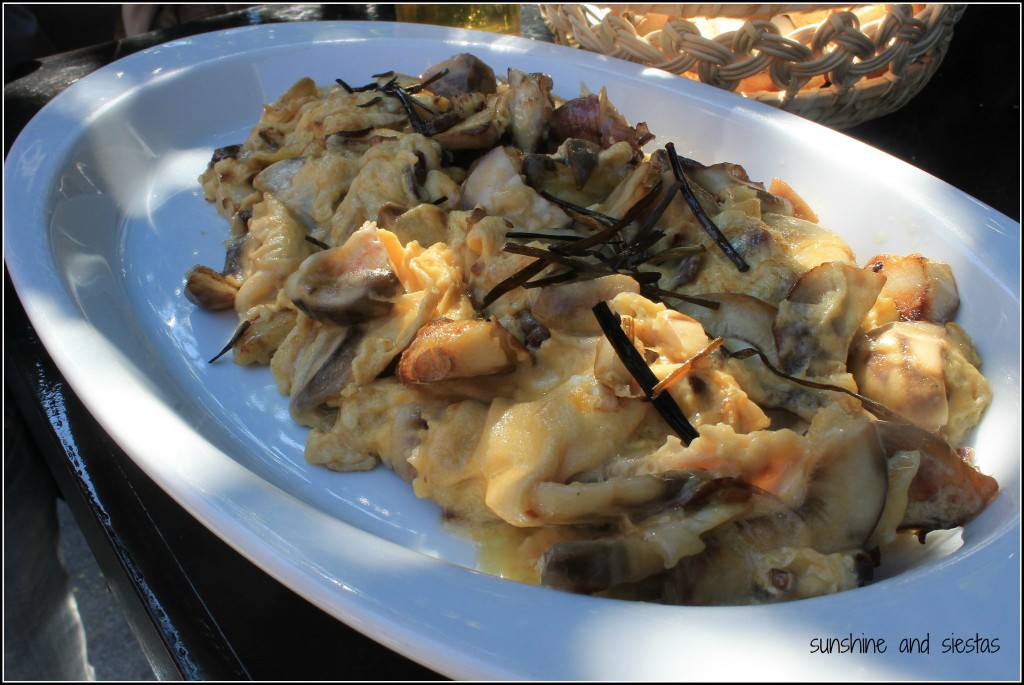Madrid and I have a complicated relationship: it took me a few years in Spain and several trips to discover what was beneath the flashy Gran Vía, to understand the pulse of the big city that houses Velázquez and Guernica. Then my friends showed me where to have the best Thai on Atocha and Indian in Lavapiés, the metro became second nature.
I’m a city girl. I love walking over grates and feeling the subway thunder under me (or above me back home in Chicago), anticipating the changes of the stoplights and the cacophony of car horns and radios.
But returning to Seville after ethnic food and cañas with friends in La Latina or Malasaña feels like the new me. The car horns are replaced by horse hooves in the city center, and the metro can’t take me as far as my feet or bike. The garritos in Madrid aren’t as lively as the flower-clad iron bars in Seville, and while the orange and stone buildings of La Capital are beautiful, I prefer the crumbling, whitewashed walls of Andalusian villages like Osuna or Arcos. To me, the hallmarks of Andalusian architecture help it stand out from Madrid’s busy streets and high-rises.
Te dejo, Madrid. It’s an inevitable stop for me while traveling or for work, and perhaps the Novio and I will end up there in a few years, but for now, yo soy del sur.
Have any photos of Spain or Seville to share? Sunshine and Siestas is looking for contributions from readers for the busy summer months ahead. Get in touch with me through Facebook with your ideas, photos o lo que sea!
